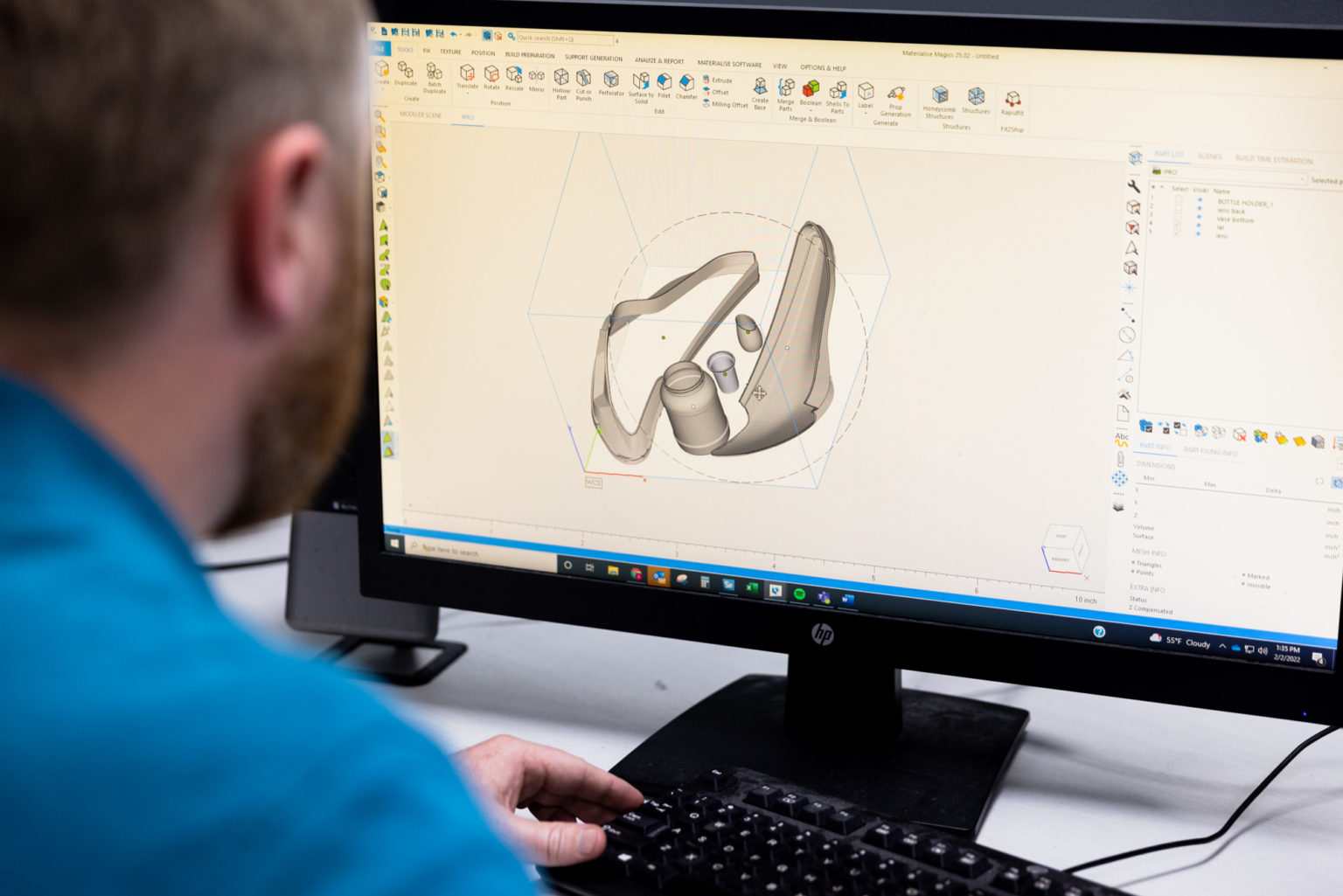
When it comes to bringing designs to life, Selective Laser Sintering (SLS) technology has been revolutionizing the way products are manufactured. From intricate prototypes to functional end-use parts, SLS technology is shaping the future of various industries. In this article, we will explore how SLS technology works and its impact on the manufacturing landscape.
The Basics of SLS Technology
Selective Laser Sintering is an additive manufacturing process that uses a high-powered laser to fuse small particles of material together to create a 3D object layer by layer. The process begins with a 3D digital model that is sliced into thin cross-sections. A roller then spreads a thin layer of powdered material, such as nylon or metal, onto the build platform. The laser selectively sinters the powdered material according to the cross-section of the object. Once a layer is completed, the build platform drops down, and the roller spreads another layer of powder. This process is repeated until the entire object is created.
Advantages of SLS Technology
- Complex Geometries: SLS technology can create intricate designs and complex geometries that are difficult or impossible to achieve with traditional manufacturing methods.
- Functional Prototypes: SLS produces parts with high strength and durability, making them suitable for functional prototypes and end-use parts.
- No Support Structures: Since the powdered material provides support during the printing process, there is no need for additional support structures, resulting in less material waste and faster production times.
- Wide Range of Materials: SLS technology supports a variety of materials, including plastics, metals, and composites, allowing for versatility in manufacturing.
Applications of SLS Technology
Automotive Industry
The automotive industry has been quick to adopt SLS technology for rapid prototyping and manufacturing of end-use parts. From custom interior components to functional under-the-hood parts, SLS technology offers automotive manufacturers the flexibility to iterate designs quickly and produce parts with high mechanical properties.
Medical Field
In the medical field, SLS technology is used to create custom implants, prosthetics, and surgical guides. The ability to produce patient-specific medical devices with complex geometries has revolutionized the way surgeries are performed and has improved patient outcomes.
Aerospace Sector
The aerospace sector relies on SLS technology to manufacture lightweight yet strong components for aircraft and spacecraft. The ability to produce parts with intricate internal structures and reduced weight has led to advancements in fuel efficiency and overall performance in the aerospace industry.
Future Trends in SLS Technology
Increased Material Options
As SLS technology continues to evolve, we can expect to see an expansion in material options. With ongoing research and development, new materials with enhanced properties, such as conductivity and heat resistance, will become available for SLS printing, opening up new possibilities for applications in various industries.
Enhanced Automation
Automation plays a crucial role in increasing the efficiency and scalability of SLS technology. Future advancements in automation, such as robotic powder handling and machine learning algorithms for process optimization, will further streamline the SLS manufacturing process and reduce human intervention, leading to faster production times and cost savings.
Integration of Multi-Material Printing
Currently, SLS technology predominantly focuses on printing with a single material at a time. However, the integration of multi-material printing capabilities is on the horizon. By enabling the simultaneous printing of multiple materials, SLS technology will enable the creation of complex, functional parts with varying material properties, paving the way for innovative designs and applications.
Conclusion
From rapid prototyping to on-demand manufacturing, Selective Laser Sintering technology is transforming the way products are designed and produced. With its ability to create complex geometries, functional prototypes, and end-use parts with high precision and durability, SLS technology is driving innovation across industries and shaping the future of manufacturing. As advancements continue to propel SLS technology forward, we can expect to see even more groundbreaking applications and benefits in the years to come.